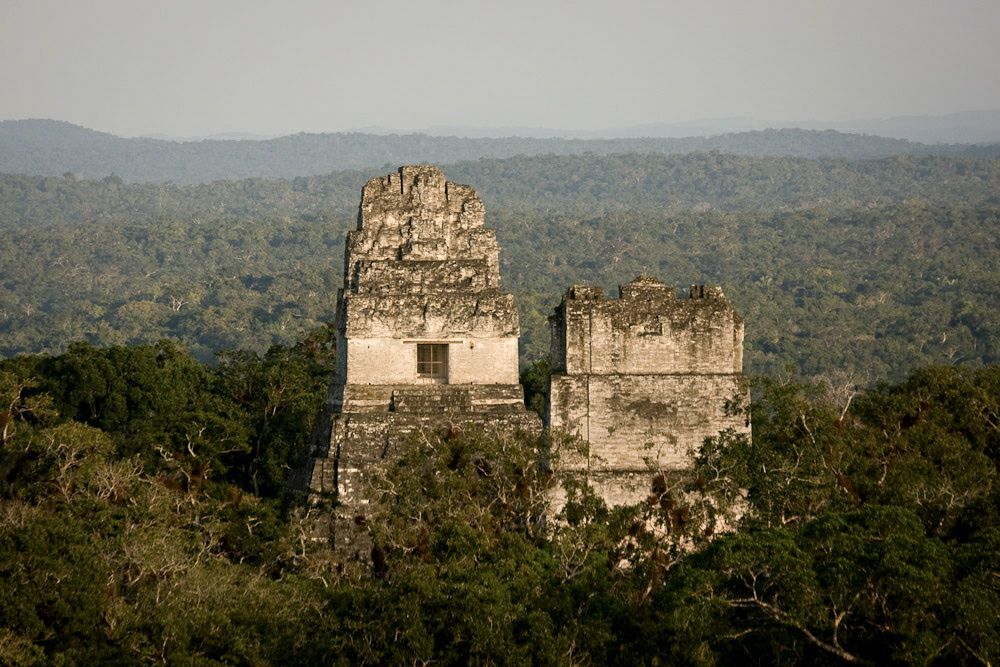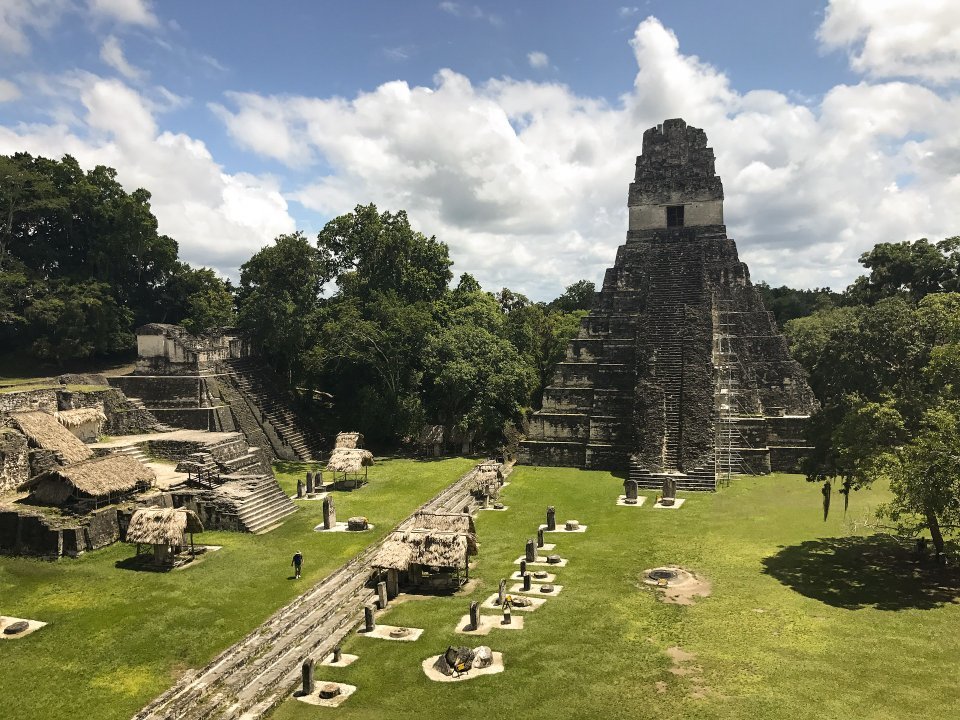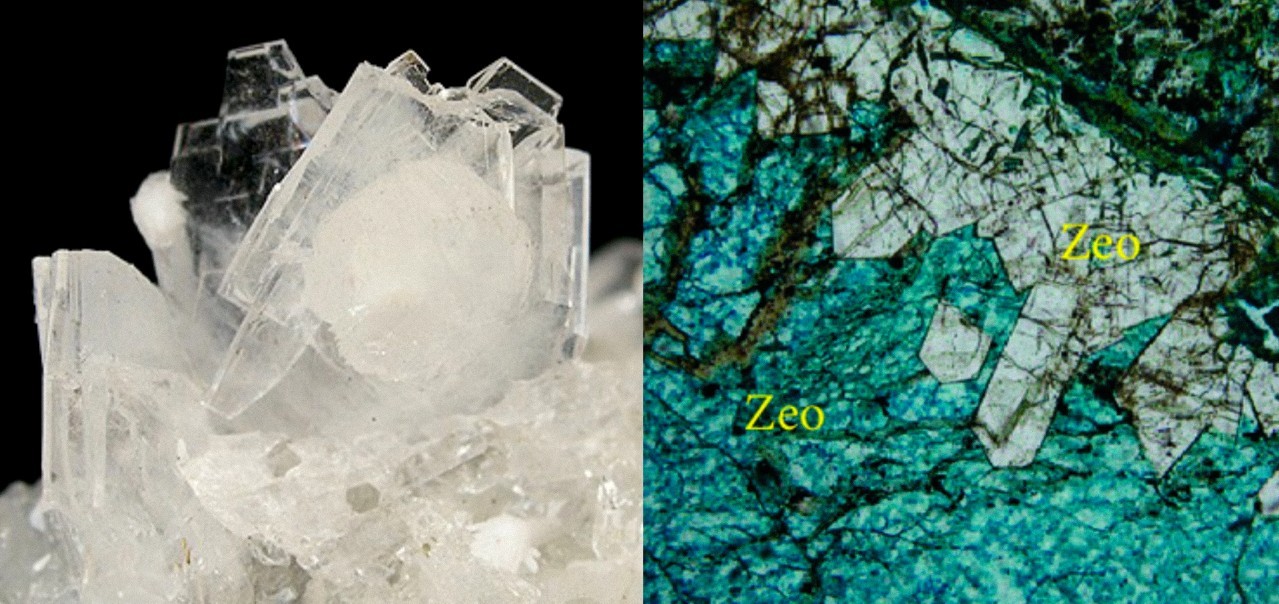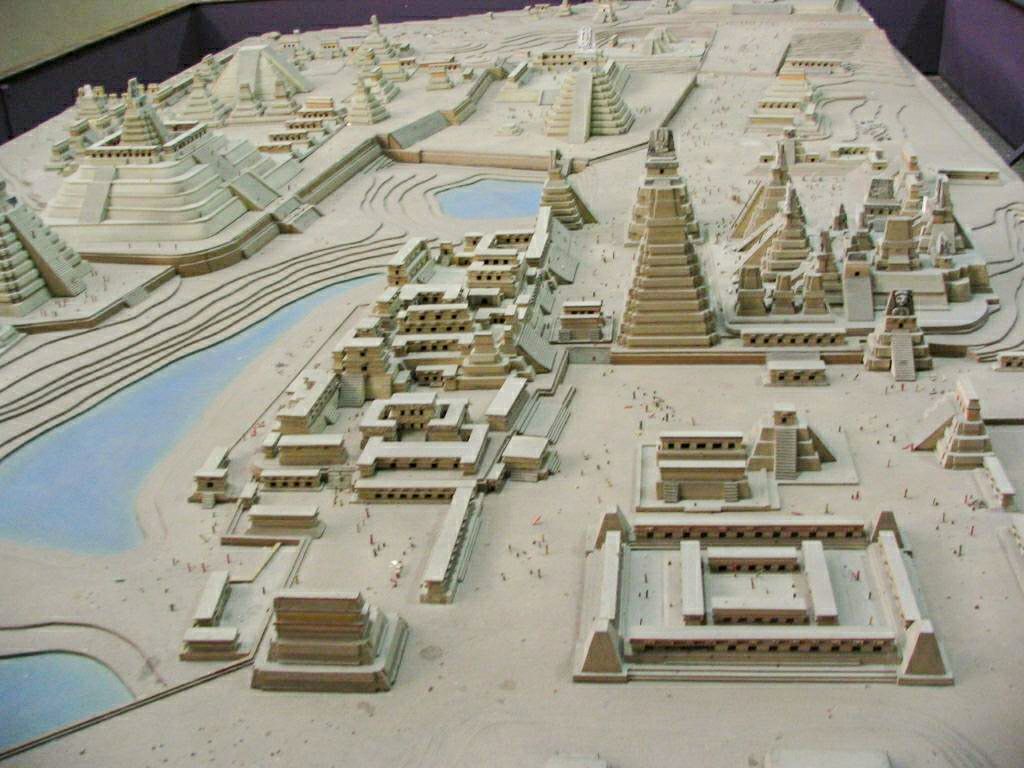A new study from the University of Cincinnati suggests that the inhabitants of the ancient Mayan city of Tikal located in the jungles of Guatemala used minerals to purify the water in their reservoirs. That is, the Mayans created this water filtration system almost 2,000 years before similar systems were used in Europe, making it one of the oldest water treatment systems of its kind in the world.

The oldest water treatment systems of the Mayans

Today, many people use filters to remove impurities from the water. Well, now a research group has discovered that in Tikal, the Mayans already used a water filtering system for the same purpose. A multidisciplinary group of researchers from the University of Cincinnati, made up of anthropologists, geographers and biologists, has discovered that the ancient inhabitants of the once powerful Mayan city of Tikal (whose impressive ruins rise in the jungles of Guatemala) built water filters using materials imported from places many miles away. Archaeologists have come to this conclusion after finding evidence of a sophisticated system of natural filters in the Corriental reservoir, one of the five drinking water reservoirs in Tikal.
Natural filters: Mayans’ empirical observation
Researchers have identified crystalline quartz and zeolite at Tikal, although the latter mineral was found only in the Corriental reservoir. Quartz found in coarse sand and zeolite, a crystalline compound that is made up of silicon and aluminum, create a natural molecular sieve. To identify zeolite and crystalline quartz in the sediments of the Corriental water reservoir, the scientists conducted an X-ray diffraction analysis (a technique used to determine the arrangement of atoms within a crystal).

In principle, these types of natural filters would have removed harmful microbes, nitrogen-rich compounds, heavy metals such as mercury and other toxins from the water, according to Kenneth Barnett Tankersley, associate professor of Anthropology at the University of Cincinnati and lead author of the study, published in the journal Scientific Reports.
According to the researcher, “the interesting thing is that this system would continue to be effective today and the Mayans discovered it more than 2,000 years ago. They created this water filtration system almost two thousand years before similar systems were used in Europe, making it one of the oldest water treatment systems of its kind in the world.”
In fact, for the ancient Mayans, finding ways to get and store clean water was vitally important. Like other Mayan cities, Tikal was built on porous limestone that made access to drinking water difficult for much of the year, during seasonal droughts. So they had little or no choice except utilising unclean natural reservoirs, which could be highly risky for their health at the same time.

The researchers believe that this filtration system consists of quartz and zeolite would have protected the ancient Mayans from harmful bacteria and other toxins that could otherwise have made people who drank from the reservoir sick. “It was probably through very clever empirical observation that the ancient Maya saw that this particular material was associated with clean water and made some effort to bring it to their city,” say the researchers. But how the Mayans acquired such advanced knowledge of molecular functions remains a controversial topic.
Drinking water, a vital element
To this day, most research on ancient water management has tried to explain how civilizations conserved, collected, or diverted water. The quality of drinking water has remained difficult to address. This study has opened this line of research by identifying the quality of a water source and how it could have been established and maintained. Of course, rebuilding the lives, habits and motivations of a civilization from thousands of years ago is complicated. “We don’t have absolute evidence, but we do have strong circumstantial evidence. Our explanation makes logical sense,” say the researchers.
A millennia ahead innovation
Complex water filtration systems have also been observed in other ancient civilizations, in Greece, Egypt, and South Asia, but this is the first observed on the American continent. “The ancient Maya lived in a tropical environment and had to be innovative. And this is a remarkable innovation. Many people believe that Native Americans in the Western Hemisphere did not have the same engineering or technological muscle as places like Greece, Rome, India or China. But when it comes to water management, the Mayans were millennia ahead,” conclude the researchers.




